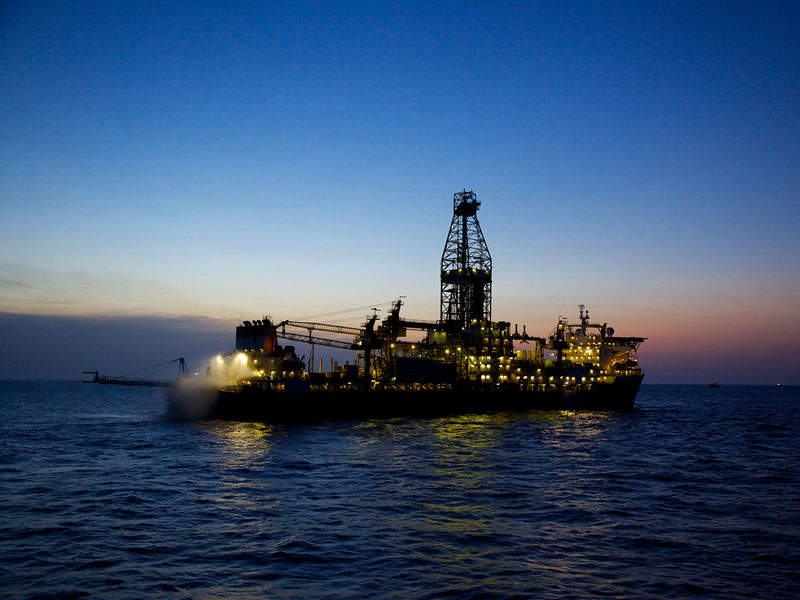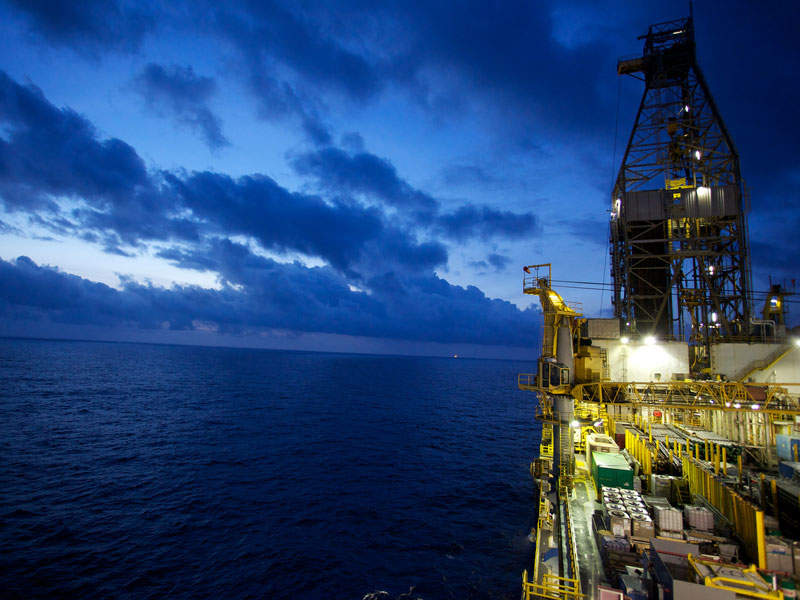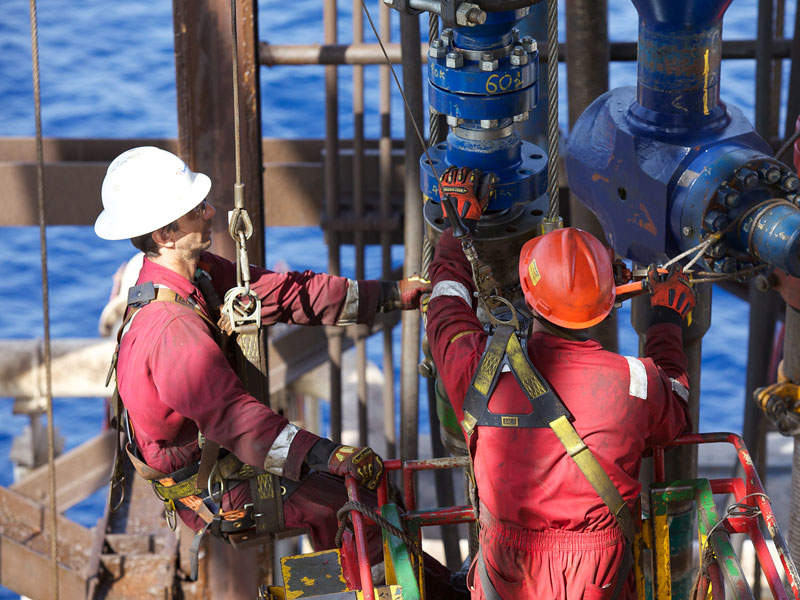Covering approximately 2.6 million acres, Offshore Area 1 is located within the Rovuma Basin, approximately 40km offshore northern Mozambique. The water depth in the area is about 1,600m.
The offshore fields are being developed as part of the larger Mozambique liquefied natural gas (LNG) project, which also includes the construction of an onshore LNG facility within the Cabo Delgado Province of northern Mozambique.
Anadarko held 26.5% operated interest in the Mozambique LNG project, which was later acquired by Total for $3.9bn in September 2019.
The Offshore Area 1 project aims to initially supply approximately 100 million cubic feet of natural gas a day (MMcfd) to the onshore LNG facility. It is expected to provide between 400 and 700 jobs during the construction phase.
The first LNG cargo from the project is expected in 2024.
Operator and ownership of Offshore Area 1
Offshore Area 1 is being developed by a consortium of Total SE (26.5%), Empresa Nacional de Hidrocarbonetos (ENH), a national oil company of Mozambique (15%), Mitsui E&P Mozambique Area 1 (20%), ONGC Videsh (10%), Beas Rovuma Energy Mozambique (BREML, 10%), BPRL Ventures Mozambique (10%) and PTTEP Mozambique Area 1 (8.5%). Oil India is a sponsor in Area 1 Block through its 40% shareholding in BREML.
The project is being operated by Total E&P Mozambique Area 1 Limitada, a subsidiary of Total SE.
In December 2012, Anadarko signed a head of agreement (HOA) with Eni to collaborate in the development of gas discoveries within the former’s Offshore Area 1 and the latter’s Offshore Area 4, including the common onshore LNG facility.
The final investment decision (FID) of $20bn for the Offshore Area 1 project was made by the consortium in June 2019 and the construction work on the project began in August 2019.
In March 2021, Oil India announced that the project had satisfied all the conditions precedent for the drawdown of the first debt of the project financing, which was finalised in July 2020. The $14.9bn senior debt financing comprises Export Credit Agencies (ECA) direct loans, ECA covered facilities, commercial bank facilities and a loan facility with the African Development Bank.
Offshore Area 1 discovery and reserves
The Offshore Area 1 hosts the Prosperidade and Golfinho/Atum complexes that feature several deep-water discoveries, including Windjammer, Barquentine, Lagosta, Camarao, Golfinho, Orca and Atum.
The Windjammer, Barquentine and Lagosta fields were discovered in February, October and November 2010 respectively, while the Tubarao field was discovered in February 2011. The Camarao field was discovered in October 2011, followed by the Golfinho field in May 2012, the Atum field in June 2012 and the Orca field in April 2013.
The gas fields together are estimated to hold approximately 75 trillion cubic feet (Tcf) of recoverable natural gas.
Offshore Area 1 development details
A total of 60 production wells were proposed to be drilled at Offshore Areas 1 and 4 during the initial phases, which would increase to 120 wells in subsequent phases. The wells will be drilled using drillships.
The Offshore Area 1 development project will involve the installation of subsea production systems, including subsea production trees, manifolds, chemical injection distribution facilities, flowlines, electro-hydraulic control umbilicals and pipeline end termination (PLET) systems.
The output from the gas fields will be conveyed to the onshore LNG plant through a 45km-long subsea pipeline corridor.
A floating production unit is also proposed to be installed during the later phases of the project.
Mozambique LNG facility details
The onshore LNG facility will be equipped with two LNG trains with a capacity of six million tonnes per annum (Mtpa) each, two 180,000m³ each LNG storage tanks, condensate storage facilities, a multi-berth marine jetty and ancillary utilities and infrastructure.
Contractors involved
The front-end engineering and design (FEED) studies for the offshore project are being performed by three separate groups, including TechnipFMC, a joint venture (JV) of Subsea 7 and Saipem, as well as a JV of McDermott and Allseas.
The FEED contract for the LNG facility was also awarded to three separate parties, which include the JV of JGC Corporation and Fluor Transworld Services, the JV of a subsidiary company of CB&I and Chiyoda Corporation, and International Bechtel.
The engineering, procurement and construction (EPC) contract for the LNG facility was awarded to the CCS JV, which comprises CB&I, Chiyoda Corporation and Saipem.
The pre-feasibility study for the LNG facility was jointly performed by KBR and TechnipFMC.
The EPC and installation (EPCI) contract for the offshore subsea system was secured by TeechnipFMC and VanOord.
TechnipFMC, Oceaneering International, Advanced Technology Valve and Cameron Italy won contracts for supplying various components of the subsea gathering system.




